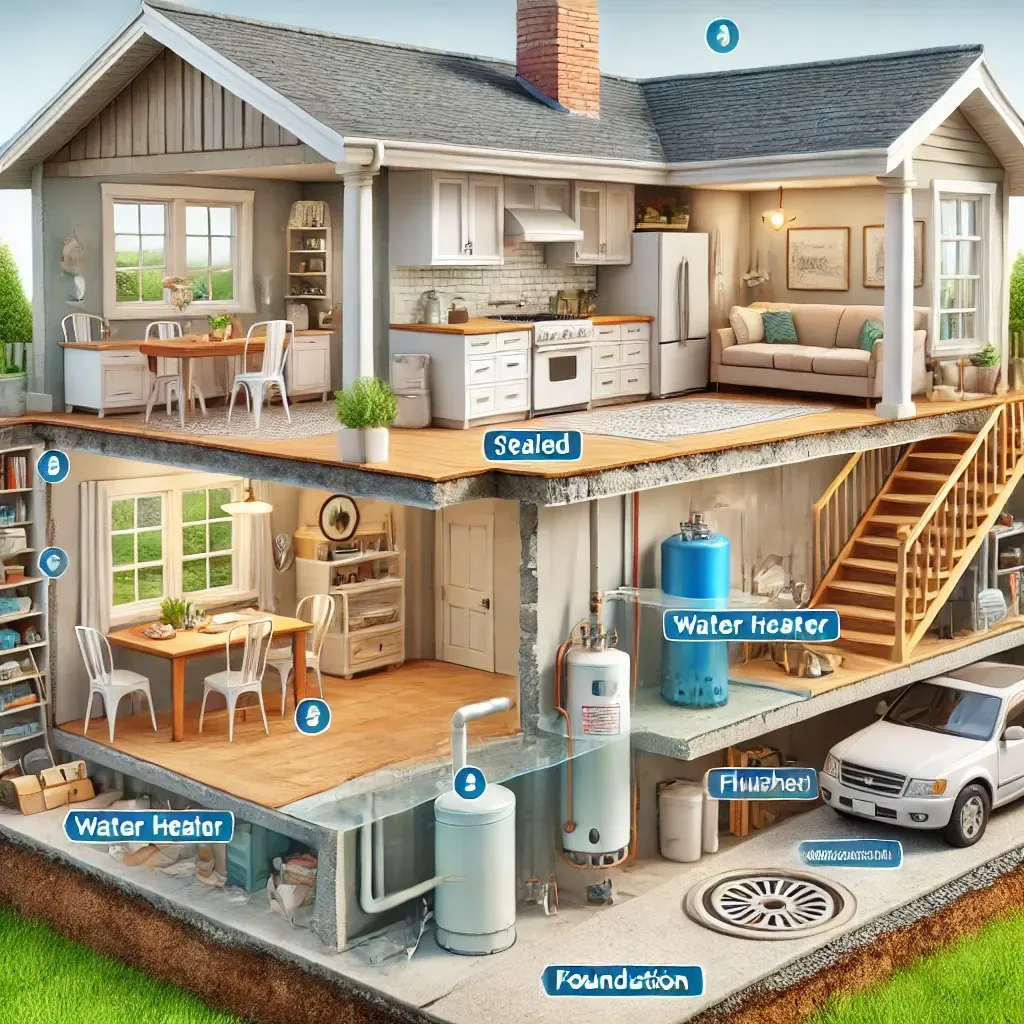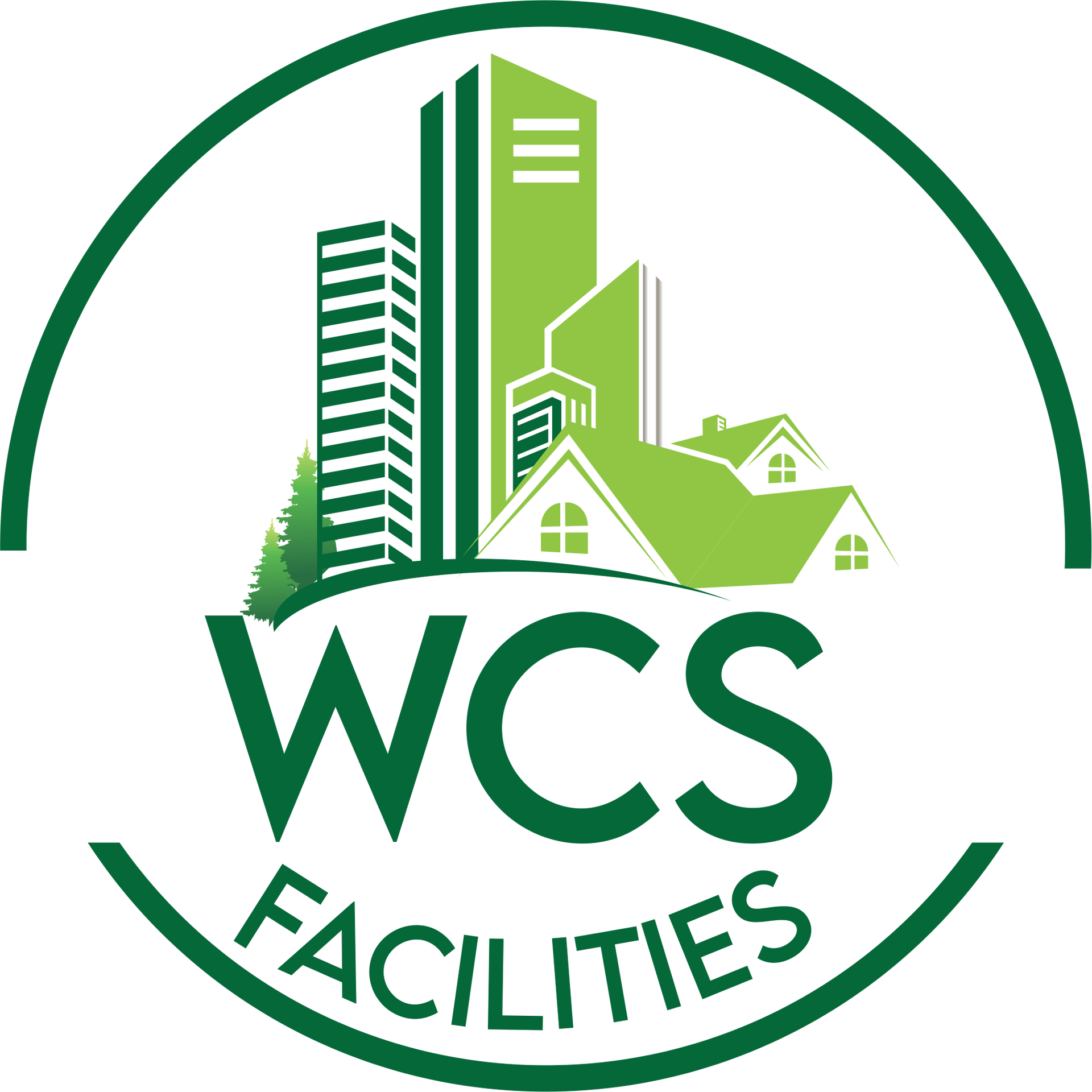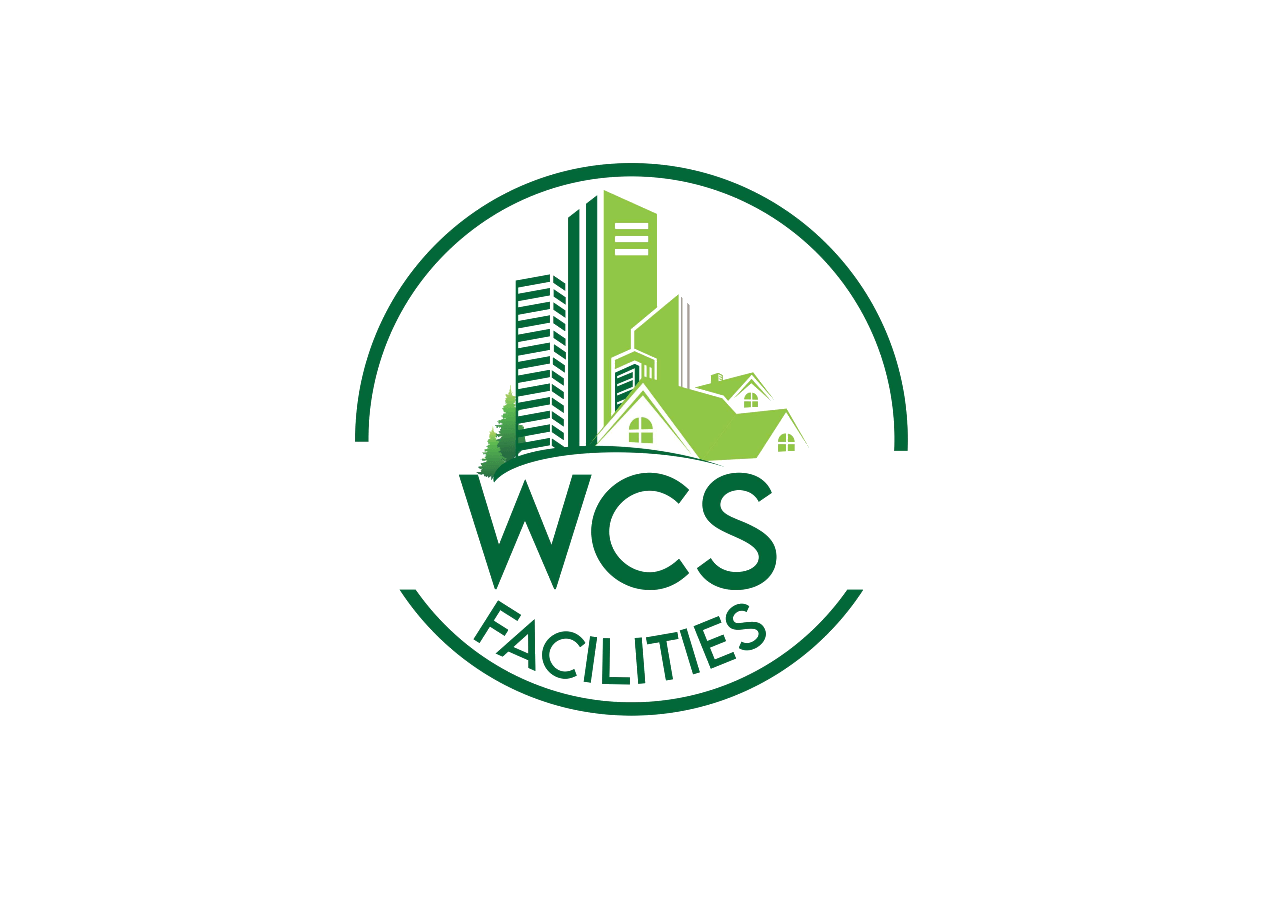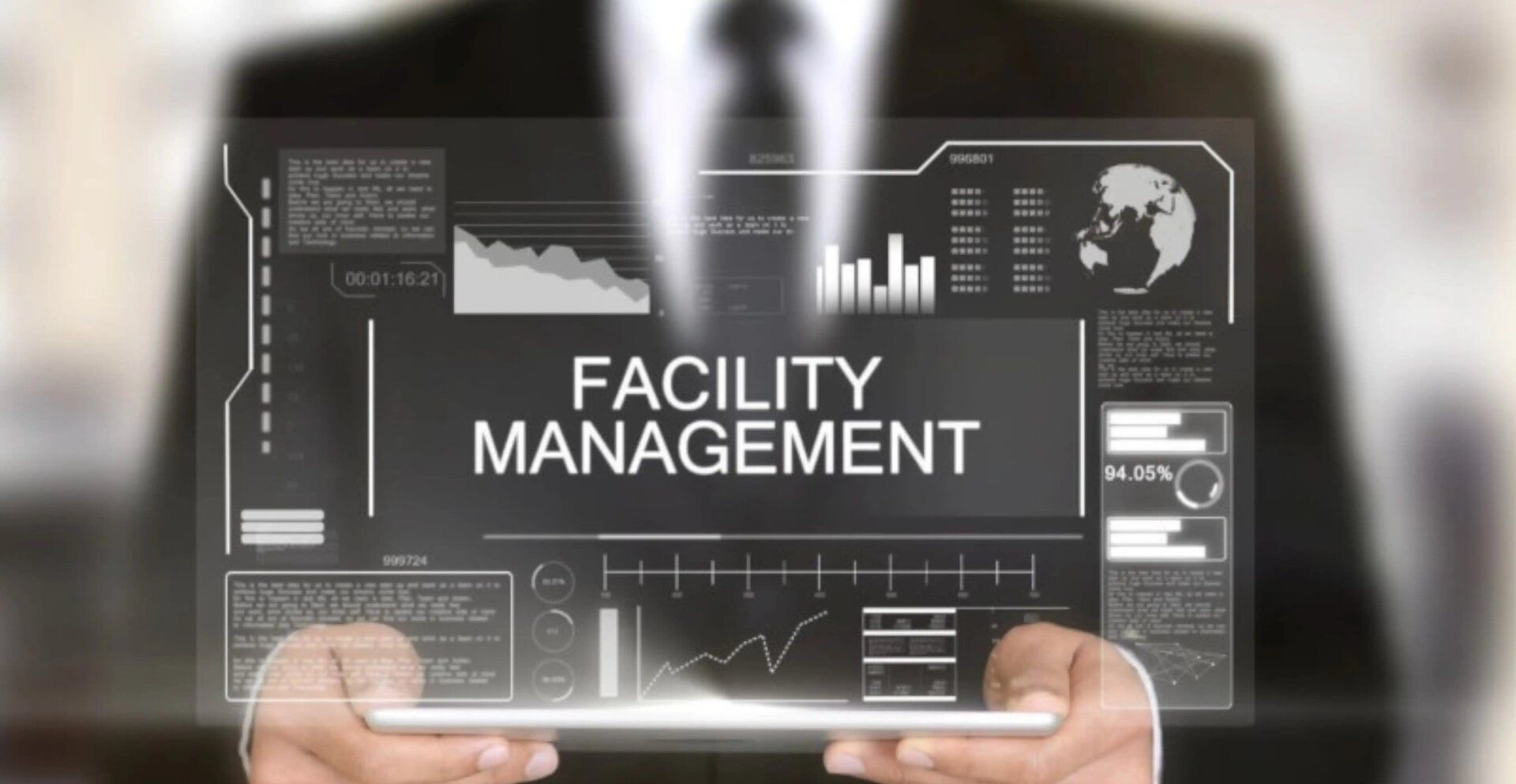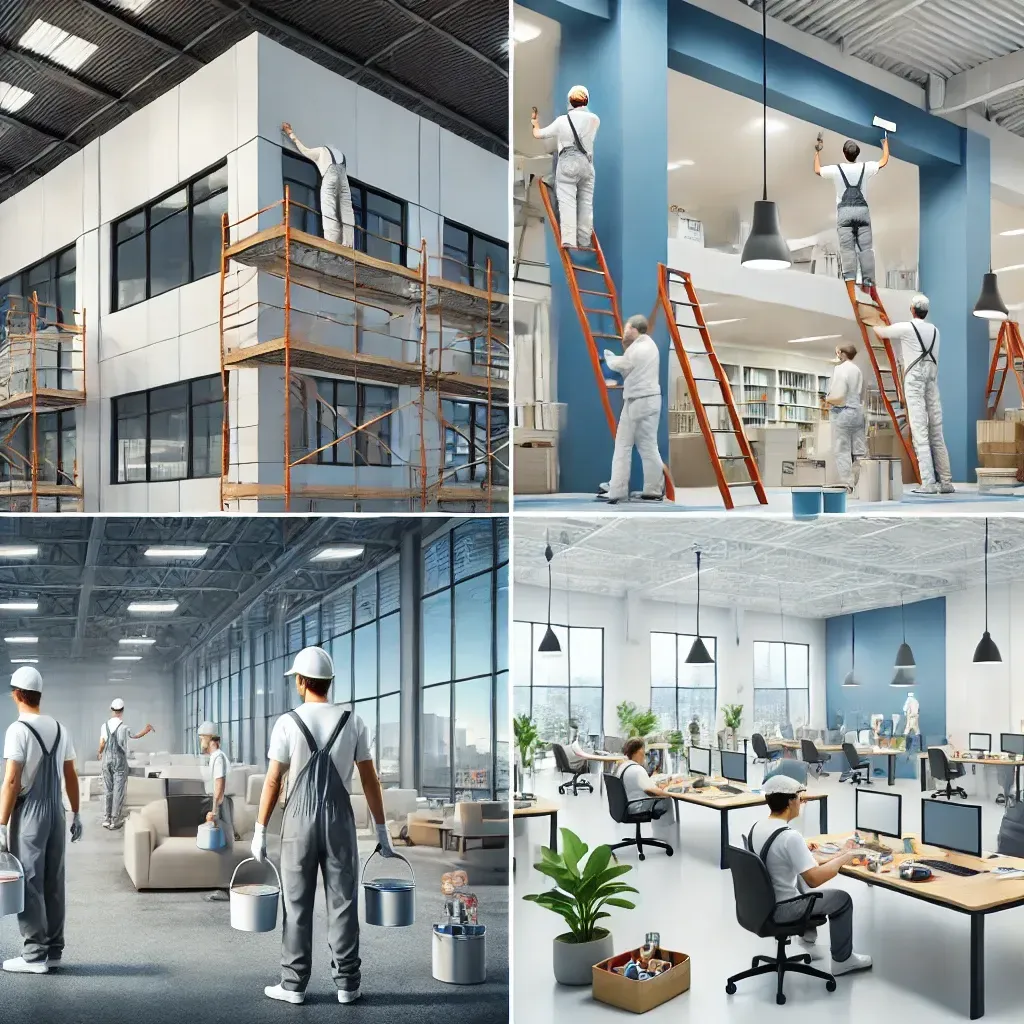Secrets of Successful Commercial Facilities Management: How to Overcome the Challenges and Achieve Maximum Efficiency
Commercial Facilities Management
Commercial facilities management is the process of overseeing and maintaining the physical structures, systems, and services of a business or organization. It involves a range of activities such as maintenance and repair of building systems, management of utilities and services, procurement and management of vendors and contractors, security and safety management, and environmental and sustainability initiatives.
The goal of commercial facilities management is to ensure that the facilities are running smoothly and efficiently and that any issues are quickly identified and addressed. Effective commercial facilities management is essential for the overall success of a business or organization, as it helps create a positive work environment and customer experience.
What does commercial facilities management involve?
For example, maintaining and repairing building systems such as heating, ventilation, and air conditioning (HVAC), plumbing, and electrical systems is essential for ensuring that the facilities are safe and comfortable for employees, customers, and visitors. Facilities managers may also be responsible for managing utilities such as electricity, gas, and water, as well as services such as janitorial, landscaping, and waste management.
Procuring and managing vendors and contractors is another important aspect of commercial facilities management. This may include selecting and negotiating contracts with vendors for services such as maintenance and repair, as well as managing the performance of these vendors to ensure that they are meeting the needs of the business.
In addition to these tasks, facilities managers must also prioritize the safety and security of the facilities. This may involve implementing security measures such as surveillance cameras, access control systems, and emergency response plans. It may also include managing safety protocols and training for employees, as well as conducting regular safety inspections and audits.
Another important aspect of commercial facilities management is environmental and sustainability initiatives. This may involve implementing energy-efficient systems and technologies, such as LED lighting and solar panels, to reduce energy consumption and costs. It may also include developing and implementing waste reduction and recycling programs, as well as water conservation measures.
Challenges of commercial facilities management
While commercial facilities management is essential for the smooth operation and success of a business, it can also be a challenging field. Managing multiple locations or properties can be particularly difficult, as facilities managers may need to coordinate and manage the maintenance and repair of multiple buildings and systems. Dealing with unexpected issues or emergencies is also a common challenge, as facilities managers must be able to quickly identify and resolve any problems that arise.
Balancing cost and quality in maintenance and repair can also be a challenge, as facilities managers must find the right balance between cost-effectiveness and ensuring that the facilities are properly maintained and in good condition. In addition, maintaining compliance with regulations and standards is an important but often complex task, as facilities managers must stay up-to-date on the latest regulations and ensure that the facilities meet all necessary requirements.
Best practices for commercial facilities management
To overcome these challenges and achieve success in commercial facilities management, it is important to develop a comprehensive plan and strategy. This may include implementing a preventive maintenance program, which involves regularly scheduled inspections and maintenance tasks to identify and address potential issues before they become major problems.
Using technology and automation to improve efficiency is also a key best practice in commercial facilities management. For example, facilities managers may use computerized maintenance management systems (CMMS) to track and schedule maintenance tasks, as well as to monitor the performance and efficiency of building systems.
Collaborating with employees and stakeholders is another important aspect of effective commercial facilities management. By working closely with employees and other stakeholders, such as building owners or tenants, facilities managers can identify and address any issues or concerns that arise. This may involve setting up a system for employees to report any problems or concerns, as well as holding regular meetings or workshops to discuss and resolve any issues.
Frequently Asked Questions
In conclusion, commercial facilities management is a vital part of any business or organization. It involves a wide range of activities, including maintenance and repair of building systems, management of utilities and services, procurement and management of vendors and contractors, security and safety management, and environmental and sustainability initiatives. These tasks help to ensure that the facilities are running smoothly and efficiently and that any issues are quickly identified and addressed.
Effective commercial facilities management requires a comprehensive plan and strategy, as well as the implementation of best practices such as preventive maintenance, technology and automation, and collaboration with employees and stakeholders. By following these guidelines, facilities managers can overcome the challenges of commercial facilities management and contribute to the overall success of their organization.
You might also like

